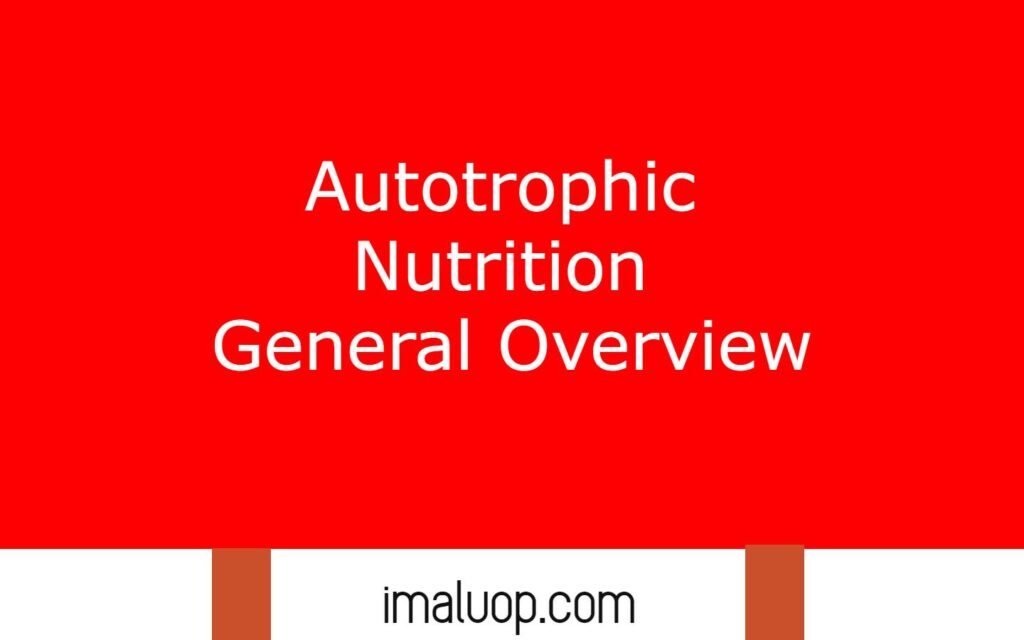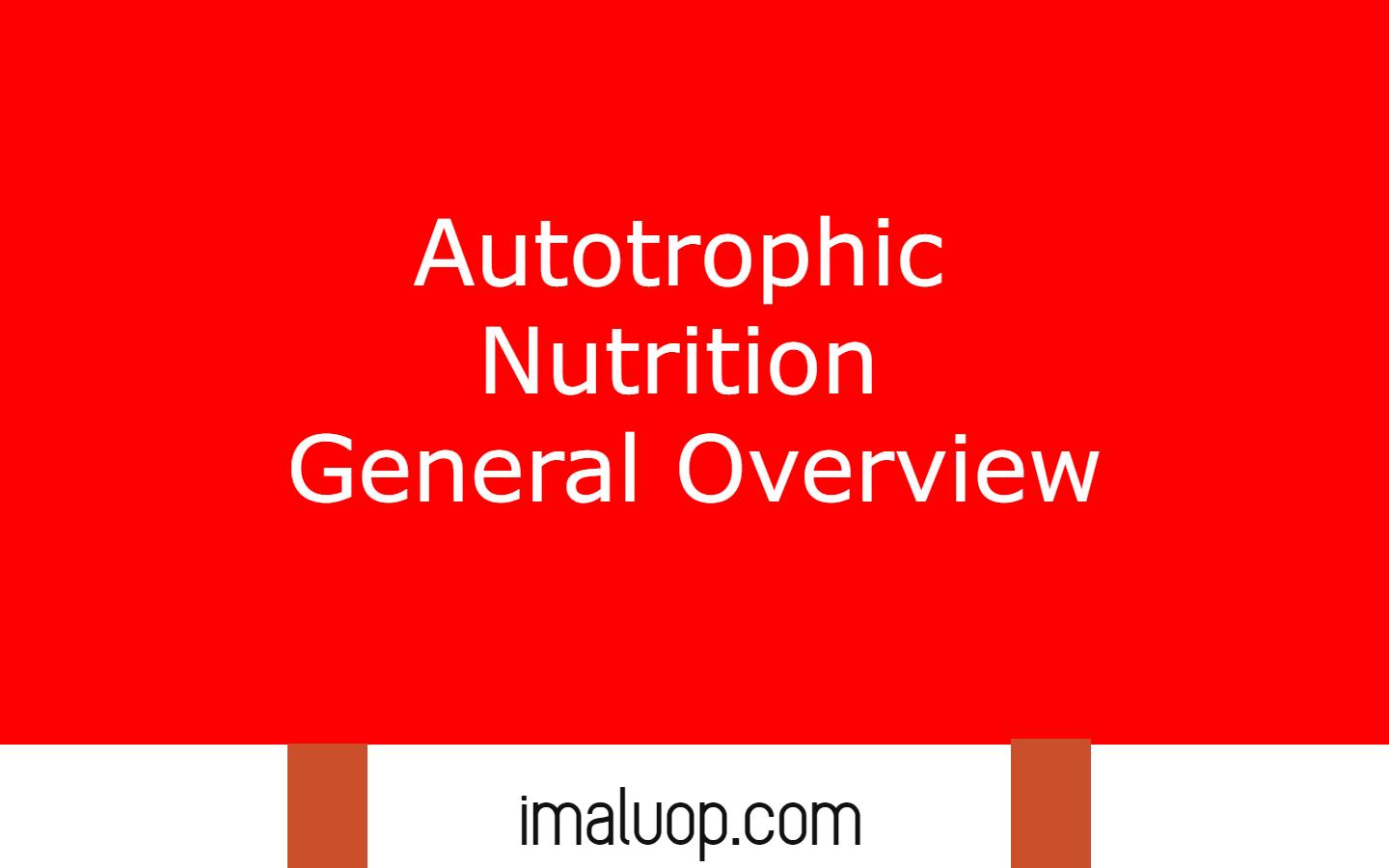Now we are going to discuss autotrophic nutrition general overview in which we will discuss autotrophic types of nutrition and their examples.
Table of Contents
What is Autotrophic Nutrition:
The term autotroph gives its own meaning, the word auto represents self while the word trophy means nutrition so the whole meaning of the term autotroph is self nutrition or preparing your own food as we see in all green plants.
In green plants autotrophs occur due to the process of photosynthesis in which plants trap the solar energy with the help of a green pigment chlorophyll and with water and carbon dioxide which produce glucose as organic food and oxygen as byproduct.
Some lower plants like blue green algae and bacteria are also autotrophs but they do not follow the same process as that of green plants for producing their own food.
Different Types of Autotrophic Nutrition:
Autotrophic nutrition is different according to the source of energy for preparing the food, in green plants the source of energy is sunlight so it is known as photoautotrophic nutrition while another type of autotrophic nutrition is chemoautotrophic nutrition in which chemicals are used as source of energy.
Photoautotrophic Nutrition:
Green plants prepare their own food by the method of photosynthesis which is a type of photoautotrophic nutrition in which the green part of plant leaves perform photosynthesis but in some cases green stem also perform photosynthesis potentially.
The ability of green plants to produce food is due to the presence of a cell organelles chloroplast in their leaf which runs the process of photosynthesis and for this reason leaves are known as the kitchen of the plant. The mesophyll tissue of leaves are rich in chloroplast which impart green colouration to the leaves in green plants.
The stomata present on leaves are used to perform gaseous exchange for respiration and photosynthesis because plants need carbon dioxide for photosynthesis and oxygen for respiration and their entry controlled by the guard cells present on the stomata.
The process of photosynthesis is very important in plants because they can only produce their food by the process of photosynthesis and the food produced by photosynthesis is used as an energy source of plant which is further required for other processes like transport of water and minerals throughout the plant body.
And as most of the animals and other plants who can not produce their own food are highly dependent on Photosynthetic plants for their source of energy directly or indirectly. As photosynthesis is a biochemical reaction, it depends on various factors like temperature, amount of carbon dioxide, presence and intensity of sunlight and water availability.
In the chloroplast, the grana is the main place for photosynthesis where two phases of photosynthesis occur, one is dark reaction and another one is light reaction.
In thylakoid membrane chlorophyll is activated by sunlight which splits the water molecules and as a result of light reaction ATP and NADPH is produced which is further used in other processes of photosynthesis.
Dark reactions do not imply that it is necessary to be absent of light, instead it implies that this step of photosynthesis can occur in absence of light and carbon dioxide is converted into glucose in this process.

Chemoautotrophic Nutrition:
It is a type of autotrophic nutrition in which sunlight is not used as a source of energy instead chemical energy is used to produce their own food as seen in Hydrogen bacteria in which food production occurs during night in absence of sunlight.
In archaebacteria, methanogens and halophiles bacteria autotrophic nutrition occurs by the process of chemoautotrophy in which different chemicals are used as energy source and carbon dioxide is converted into organic foods.
Read More: Characteristics and Classification of Aves
Hi Everyone!!! Welcome to Imaluop. Imaluop always try to learn some new and he want to share to other people. Here we will try to learn various topics on Science, specially on Biological Sciences.
